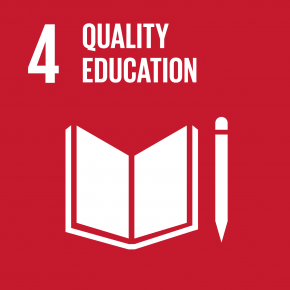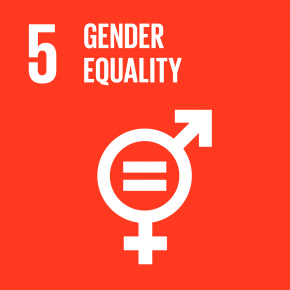|
Title |
Professor |
|
Researcher Number(JSPS Kakenhi) |
70373222 |
|
|
|
Yamaoka Masaru
|
|
|
Current Affiliation Organization 【 display / non-display 】
-
Duty University of the Ryukyus Faculty of Agriculture Regional Agricultural Engineering Professor
-
Concurrently University of the Ryukyus Graduate School of Agriculture Subtropical Agriculture Professor
-
Concurrently University of the Ryukyus Organization for Research Promotion Co-Creation Management Department, Organization for Research Promotion Professor
-
Concurrently University of the Ryukyus Organization for Research Promotion Research Planning Office Professor
University 【 display / non-display 】
-
1980.04-1984.03
Mie University Faculty of Agriculture Graduated
External Career 【 display / non-display 】
-
1984.04-1992.03
-
1992.04-2005.03
-
1996.11-1998.11
-
2005.04-2021.01
Research Interests 【 display / non-display 】
-
資源循環
-
バイオマス
-
集落排水
-
汚泥
-
メタン発酵
Research Areas 【 display / non-display 】
-
Environmental Science/Agriculture Science / Rural environmental engineering and planning
Acquisition of a qualification 【 display / non-display 】
-
Consultant Engineer (agriculture)
-
Pollution Prevention Manager
-
Septic Tank Management Person
-
Septic Tank Technological Manager
Published Papers 【 display / non-display 】
-
Prototype of Radio-Controlled Mowing Machine for Aquatic Plants in Irrigation Canals ― Survey of navigation performance and aquatic plant mowing ―
89 ( 2 ) II_97 - II_103 2021.12 [ Peer Review Accepted ]
Type of publication: Research paper (scientific journal)
-
Access this article
-
-
NAKANO Takuji, HARUTA Shinsuke, YAMAOKA Masaru
Transactions of The Japanese Society of Irrigation, Drainage and Rural Engineering ( The Japanese Society of Irrigation, Drainage and Rural Engineering ) 88 ( 2 ) I_203 - I_212 2020.12 [ Peer Review Accepted ]
Type of publication: Research paper (scientific journal)
-
Access this article
-
-
Development of a Simple Autonomous Navigation Method for a Mowing Machine for Aquatic Plants in Irrigation Canals ― Verification by model experiment ―
YAMAOKA Masaru*, TAKANO Kiyoshi, MINETA Takuya, YOSHINAGA Ikuo, WATABE Keiji
IDRE Journal 88 ( 2 ) 323 - 331 2020.12 [ Peer Review Accepted ]
Type of publication: Research paper (scientific journal)
-
Optimum Mechanical Treatment Month for Aquatic Plant Control in the Ninoseki Irrigation Channel
YOSHINAGA Ikuo, MINETA Takuya, YAMAOKA Masaru, WATABE Keiji
88 ( 2 ) II_59 - II_63 2020.12 [ Peer Review Accepted ]
Type of publication: Research paper (scientific journal)
-
Improvement of Device Measuring Biogas Volume in Laboratory-Scale Methane Fermentation Experiments - Experiments for countermeasures against CO2 dissolution in water by simulated biogas -
YAMAOKA Masaru, NAKAMURA Masato, ORITATE Fumiko
IDRE Journal 88 ( 1 ) II_1 - II_9 2020.06 [ Peer Review Accepted ]
Type of publication: Research paper (scientific journal)
Other Papers 【 display / non-display 】
-
中村真人, 山岡賢, 折立文子
季刊JARUS ( 地域環境資源センター ) ( 119 ) 57‐62 - 62 2017.08
Presentations 【 display / non-display 】
-
Study on Starting Up Dry Methane Fermentation for Agricultural Residues
Masaru YAMAOKA, Masato NAKAMURA, Fumiko ORITATE
2017 International environmental engineering conference 2017.11 - 2017.11
Social Activity 【 display / non-display 】
-
2024.03


-
2023.11


-
2023.04-2024.01




